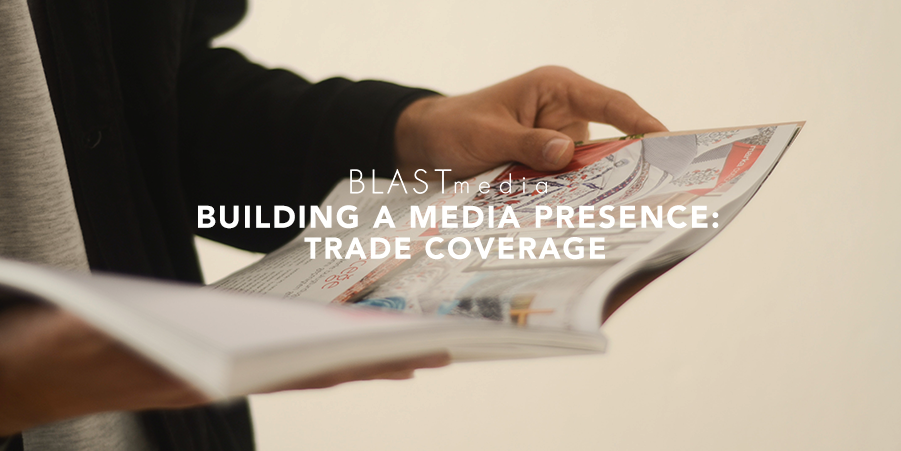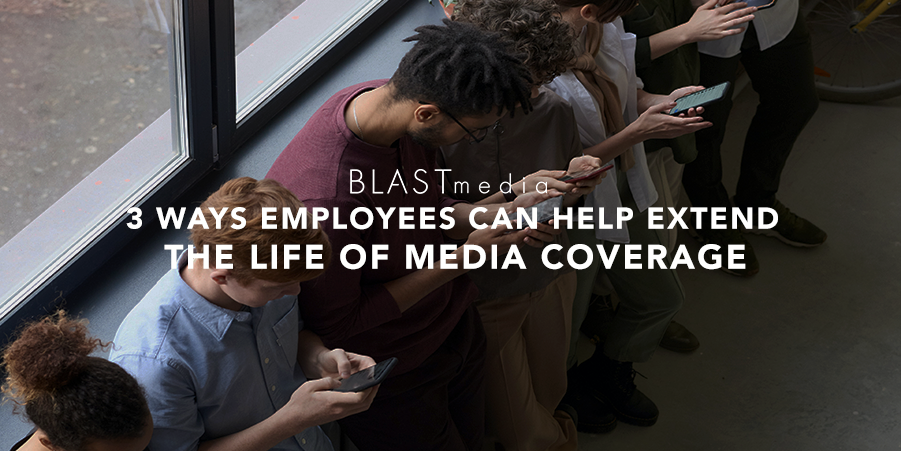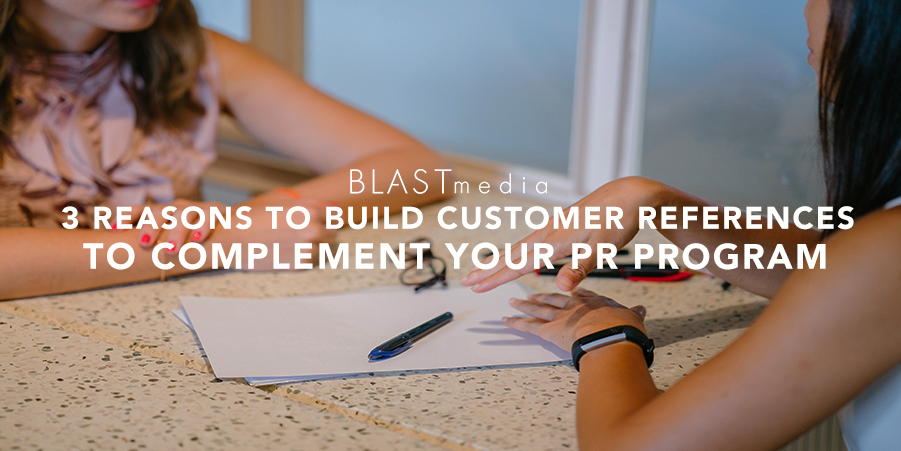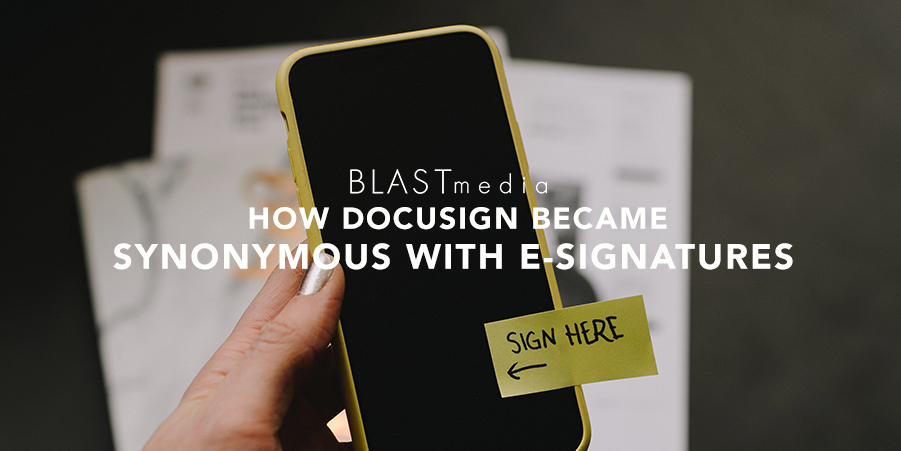Trade media is often overlooked: lower domain authority scores and fewer unique monthly visitors don’t excite brands as much as seeing their name in lights in top-tier publications. Trade publications tend to get a bad rap, but they can be beneficial in helping a brand establish its identity and reach its target audience by having corporate branded uniforms, custom branding, etc.
So, what are some reasons why brands need to take trade coverage?
Reach readers with messages they understand
While top-tier publications such as Forbes and Wall Street Journal reach millions of people and should be a part of your larger PR strategy, with trade publications, brands know exactly who they are speaking to and can use messaging readers understand. For example, say your target audience is in-house counsel; TechCrunch shouldn’t be your target publication since TechCrunch’s usual readers are unlikely to consume it. Publications like TechCrunch target executive leaders at SaaS companies, which casts a wider net and may not speak to a specific industry compared to a legal publication such as National Law Review. From a trade publication perspective, they are providing their readers with messaging and information that best pertains to them and in turn, creates loyal readers.
Build credibility before approaching top-tier publications
Trade media can help build a brand presence and lay a foundation before targeting top-tier publications. National publications are looking to cover large companies and industry-shattering news. Placing a story in a national publication can take weeks if not months — if ever achieved at all. Trade publications often respond to media requests faster and are more likely to accept contributed content, publish features and share company news. If your company is not well-known, coverage in trade publications helps build and amplify your brand presence. That way, when you begin targeting top-tier publications, a reporter searching for your company name will see an influx of trade coverage –– helping to increase your credibility.
Utilize thought leaders as a source
One of the main reasons a company invests in a PR agency is to help establish and build a company thought leader’s brand and presence. The SaaS market plays to a variety of industries and within those industries, there are multiple leaders with different expertise and experiences. Getting thought leaders into industry-specific trade publications can boost your company’s reputation and increase brand awareness. In addition, utilizing thought leaders in trade publications can show top-tier reporters they are a viable source for a potential story.
To learn more about building a brand presence and why trade media should be on the top of your PR agency’s priority list, check out our blog post 3 Reasons Trade Media Matters in B2B SaaS.







